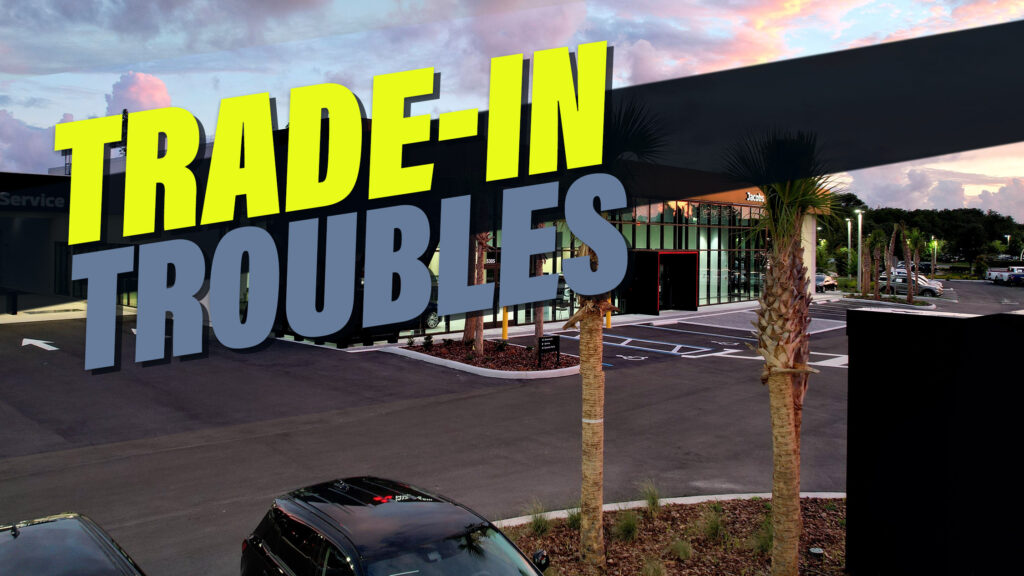- 23.1 percent of American shoppers are upside down on their loans, and they owe an average of over $6,000 on the vehicle they are trading in.
- Although interest rates are falling, APRs remain over 7 percent for the fifth quarter in a row, making new vehicles less affordable.
- Despite that, more than 17 percent of shoppers are still willing to pay more than $1,000 per month for their new car.
A stunning 23.1 percent of people trading in a used vehicle for a new one were upside down on their loan in the first quarter of 2024. The average amount of negative equity in those trade-ins has reached an all-time high, which means that even as MSRPs for new cars come down, affordability remains a challenge.
In fact, as a result of falling prices for new and used vehicles, people who were upside down on their loan owed an average of $6,167 more than their vehicle was actually worth early this year.
Read: New Cars Are The Most Affordable They’ve Been Since 2021 But Not By Much
Alarmingly, the number of people who have negative equity was increasing. According to research from Edmunds, in 2023 18.3 percent of shoppers trading in a used vehicle were upside, and in 2022, 14.7 percent of Americans owed more than their vehicle was worth.
Unfortunately for those shoppers, loans for new vehicles are still expensive. For the fifth quarter in a row, the average annual percentage rate (APR) — that is, the amount of interest buyers can expect on their loan over the course of a year — was above 7 percent.
Quarterly New-Car Finance Data
For owners with negative equity on their trade-in, the average APR was even worse, at 8.1 percent. Meanwhile, their monthly payments were also higher than average at $887. Across all new vehicle shoppers, the average monthly payment was $735.
For comparison, in the first quarter of 2021, the average APR for someone trading in a used vehicle with negative equity was 5.9 percent, and the average monthly payment was just $662.
Some of these figures are being drawn upward by the high volume of buyers willing to pay over $1,000 per month for a new vehicle. Although the proportion of buyers with such deep pockets fell from Q4 2023, it was still high, at 17.3 percent.
“The monthly payment might be a tolerable amount, but it’s critical for consumers to consider all elements of their loan when financing a car purchase in 2024,” said Ivan Drury, Edmunds’ director of insights. “Factors like gas prices, vehicle maintenance costs and work commute changes may feel like reasons to trade in your keys for a shiny, new ride, but a new high-dollar car payment with a high interest rate tied to existing negative equity should serve as a rationale for pumping the brakes.”




